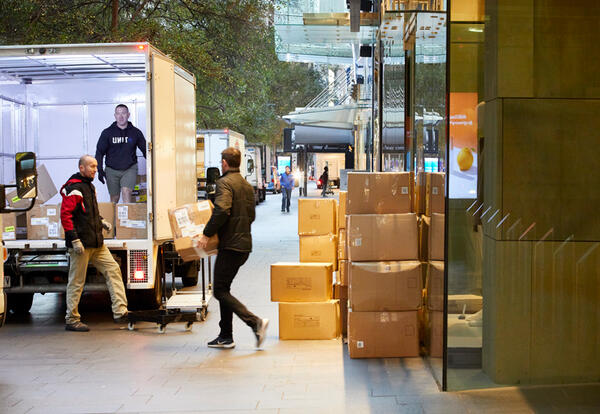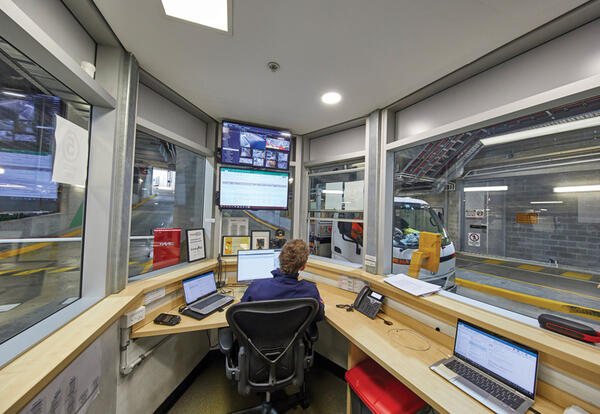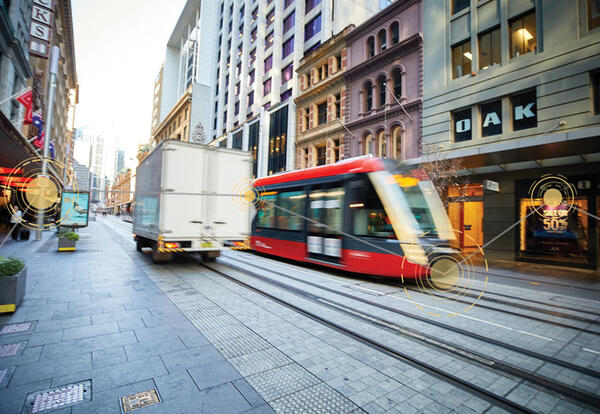
Last Mile Toolkit
A key focus for urban planners is to build better connections between city functions as well as to create places which inspire people to live, socialise, shop and interact within the city environment. All these activities create demand for goods and services.
Introduction
As our cities change and grow, more space is being allocated to placemaking initiatives such as pedestrian spaces, public transport infrastructure and active corridors like cycleways. While contributing to creating more liveable and dynamic urban centres, these initiatives can have a direct impact on accessibility and efficiency for the delivery of goods and services which are essential support functions for cities.
The Last Mile Toolkit has been developed to assist urban planners, developers and government to give greater consideration to freight and servicing demands for new buildings and precincts as part of the planning process. It also promotes better management of freight and servicing for existing buildings.
The Toolkit includes:
Guiding Principles
Consider placemaking outcomes and broader benefits of efficient freight and servicing movements.
Measurement and Forecasting Tools
Quantify future freight and servicing tasks accurately.
Design and Management Solutions
Facilitate efficient freight and servicing practices.
Future Approaches
Draw on best practices from urban environments around the world.
How the Last Mile Toolkit can assist users
Freight and servicing activity is essential to the economy. A more detailed understanding of the tasks which support our cities can help planners, developers and traffic consultants make better planning, development and management decisions for high density urban areas. This includes incorporating building serviceability into urban design. The result is enhanced placemaking outcomes and more efficient business solutions.
Serviceability also addresses how building managers can apply best practice management strategies to facilities in existing and newly constructed buildings to ensure that freight and servicing activity supports good amenity in the building and surrounding area.
Contemporary perspectives on urban planning and freight management in this Toolkit also aim to assist freight and logistics operators by providing an overview of current urban planning priorities, and encouraging the uptake of up-to-date, best practice approaches to city servicing.
Planning authorities

- Local precinct planning
- Traffic assessment and road network design
- Development Control Plans
- Kerbside use allocation
- Compliance and enforcement
Property developers

- Building and dock design
- Future proofing buildings
- Precinct solutions
- Delivering placemaking outcomes
Traffic consultants

- Demand forecasting
- Traffic survey design and assessment
- Preparing Development Application (DA) documents including Traffic Impact Assesment (TIA) and Loading Dock Management Plans (LDMPs)
Building managers

- Manage access and operation of loading docks
- Influence size and timing of freight and servicing vehicle movements
Freight and servicing operators

- Develop tactical approaches to achieve last mile efficiency
- Plan operations into the local environment based on what facilities are available
Placemaking
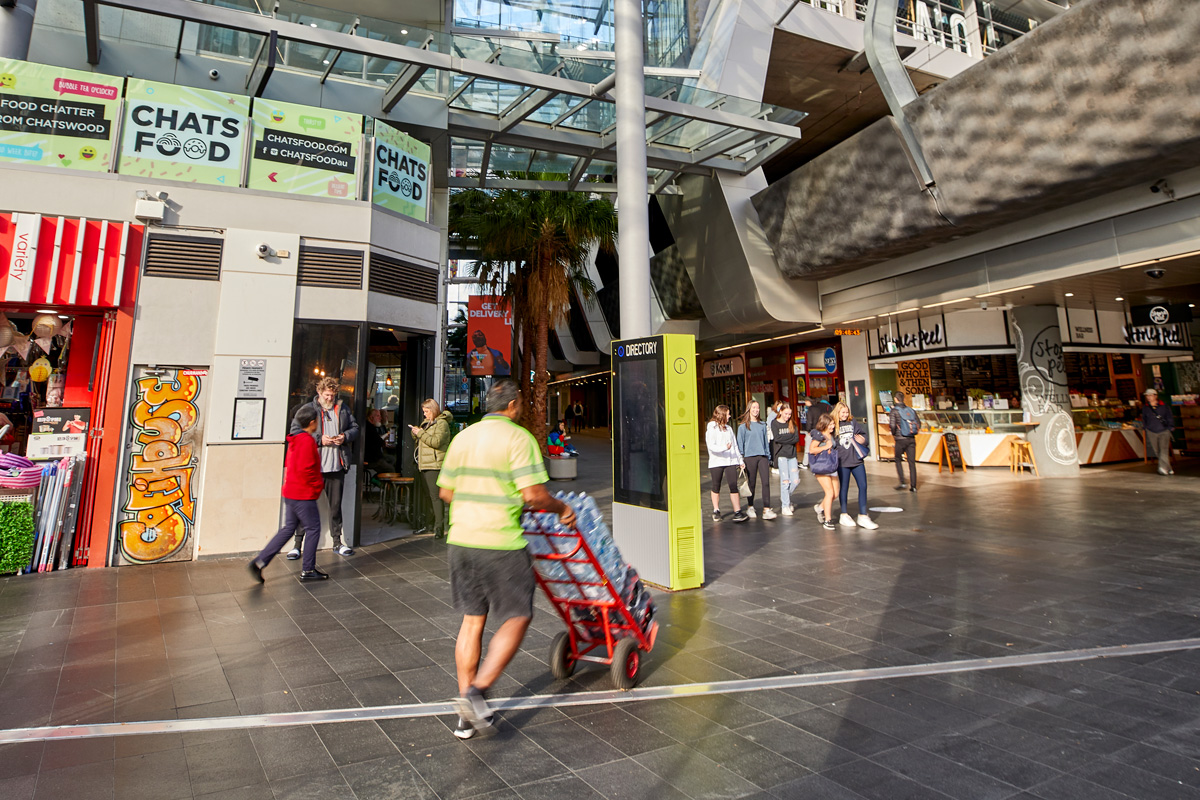
Modern urban planning priorities focus on making places attractive for people. As long as people demand goods and services, there will be essential freight and servicing movements going to and from the site.
Successful placemaking generates freight and servicing activities, such as food and beverage deliveries, waste services and utility maintenance.
Properly understanding and planning for freight and servicing tasks in the initial design of a building or precinct is the most effective way to ensure it enables good place outcomes.
Servicing competing demands
Planners designing buildings and precincts must be aware of the demand for freight vehicle movements that urban centres are likely to generate. Freight and servicing vehicles have their own operating characteristics which must be assessed and accommodated to reduce impacts on amenities and other road users.
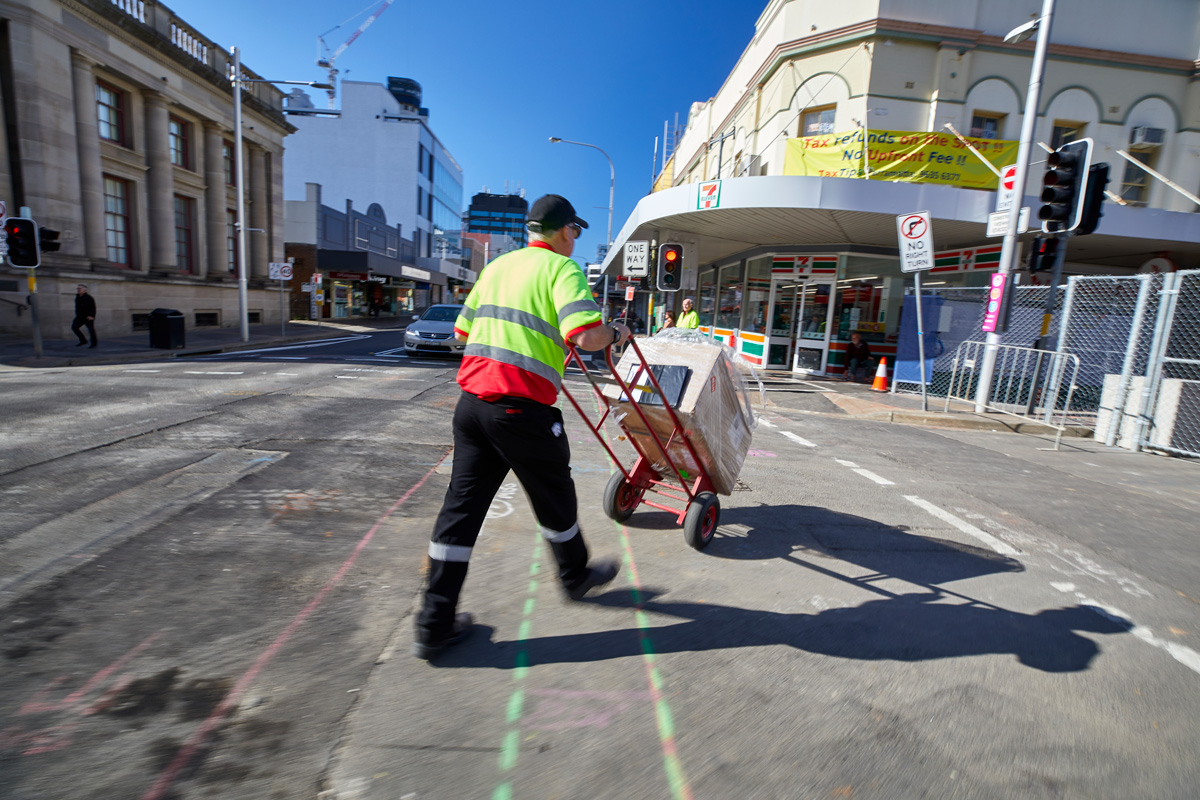
Increasing consumer demand
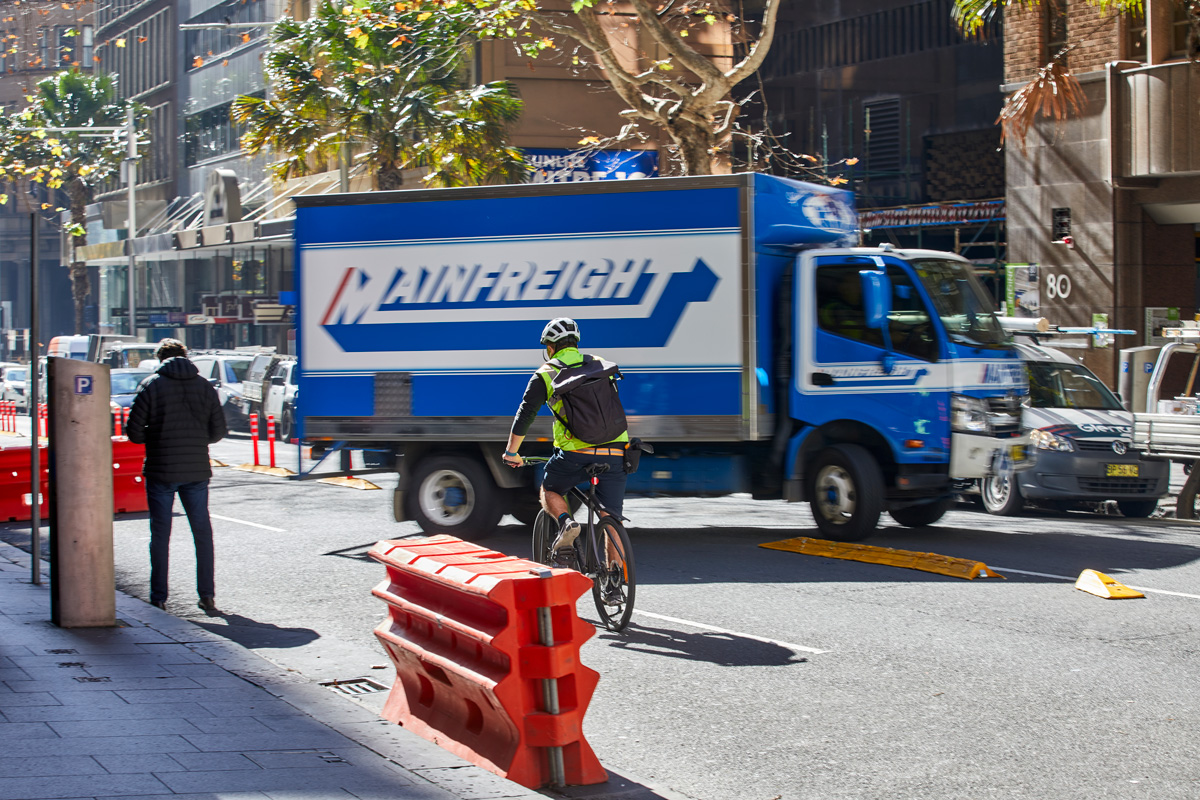
Emerging consumer trends are dramatically increasing demand for deliveries and challenging traditional delivery methods. Different businesses require a multitude of products for their day-to-day operations to meet their customers’ demands.
There are many challenges urban planners need to resolve to accommodate the freight task while the freight industry must also respond to the changing urban environment.
Post COVID last-mile freight trends
The COVID era accelerated some trends and encouraged more people to require home deliveries. Simultaneously we also saw the impacts of working-from-home on the CBD and other business precincts. Simply put last mile freight goes where the people are. This has changed some of the focus for planning and places and where freight is occurring. There is an increasing focus in planning for freight in 15-minute neighbourhoods with principles from the Last Mile Toolkit still highly relevant.
The freight task is growing and evolving to respond to changing urban planning objectives. The Toolkit explores the challenges that urban planners will need to resolve to accommodate the freight task and outline how the freight industry can respond to the changing urban environment.
Last Mile Toolkit Video Series
We have developed a series of on-demand videos which provide a quick snapshot on various sections of the Last Mile Toolkit.
Introduction to the Last Mile Toolkit
5 key guiding principles of the Last Mile Toolkit
How the freight task is changing
Characteristics of different freight and service movements
Freight forecasting and demand management
Last Mile Toolkit Documents
- Last Mile Toolkit – Master document (PDF, 12.79 MB)
- Last Mile Toolkit – Summary document (PDF, 25.5 MB)
Contact
For more information contact freight@transport.nsw.gov.au.

